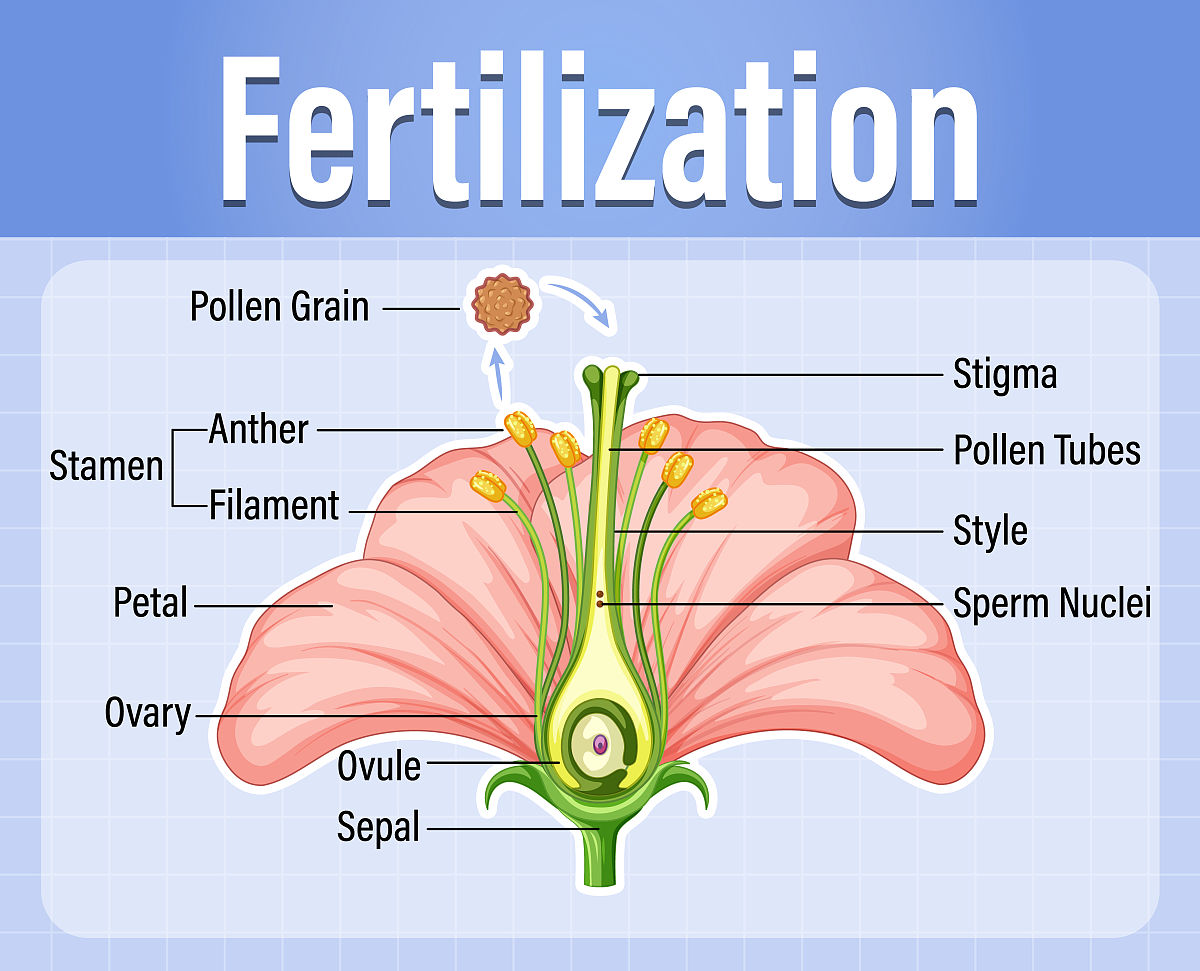Spontaneous Intracerebral Hemorrhage (sICH): Causes, Symptoms, and Treatment
Spontaneous intracerebral hemorrhage (sICH) is a severe type of stroke that occurs when a blood vessel in the brain ruptures. This rupture leads to blood leakage into the brain tissue, which can cause a range of neurological problems.
sICH is often called a 'brain bleed' and is a life-threatening condition requiring immediate medical attention.
What Causes sICH?
The most common cause of sICH is high blood pressure (hypertension), which weakens blood vessels over time, making them more prone to rupture. Other factors that can contribute to sICH include:
- Aneurysms: Weak spots in blood vessel walls.
- Arteriovenous malformations (AVMs): Abnormal tangles of blood vessels.
- Amyloid angiopathy: Build-up of amyloid protein in brain blood vessels, often associated with aging.
- Blood clotting disorders.
- Drug use, particularly cocaine and amphetamines.
Recognizing the Symptoms of sICH
Symptoms of sICH typically appear suddenly and may vary depending on the location and severity of the bleeding. Common symptoms include:
- Sudden and severe headache, often described as the 'worst headache of my life.'
- Nausea and vomiting.
- Altered consciousness, ranging from confusion to coma.
- Weakness or paralysis on one side of the body (hemiparesis).
- Speech difficulties.
- Vision problems.
- Loss of coordination or balance.
How is sICH Diagnosed and Treated?
If sICH is suspected, immediate medical attention is crucial. Diagnosis typically involves a combination of:
- Physical and neurological examination.
- Imaging tests, such as a CT scan or MRI, to confirm bleeding and determine its location and extent.
- Angiography to examine blood vessels in the brain.
Treatment for sICH focuses on controlling the bleeding, reducing pressure on the brain, and managing complications. Treatment options may include:
- Medications: To control blood pressure, prevent seizures, and reduce brain swelling.
- Surgery: In some cases, surgery may be necessary to relieve pressure on the brain or repair damaged blood vessels.
- Rehabilitation: After the acute phase, rehabilitation therapies, such as physical, occupational, and speech therapy, play a crucial role in recovery.
sICH is a serious medical condition with potentially life-altering consequences. Understanding the causes, symptoms, and treatment options is vital for early detection and intervention to improve outcomes for individuals affected by this type of stroke.

原文地址: https://www.cveoy.top/t/topic/pOy 著作权归作者所有。请勿转载和采集!